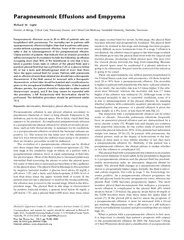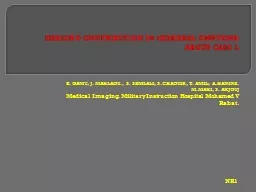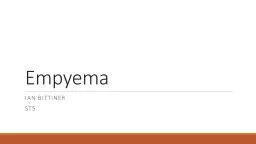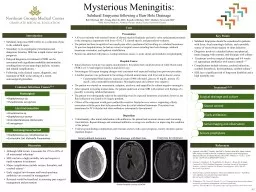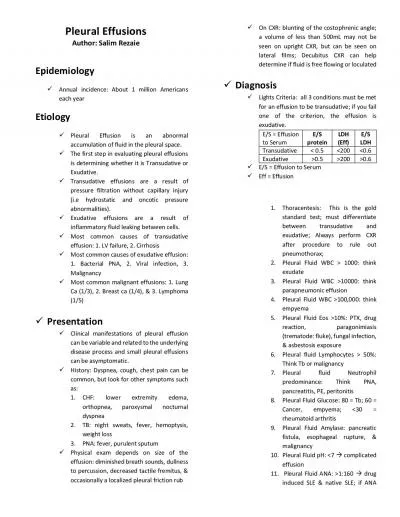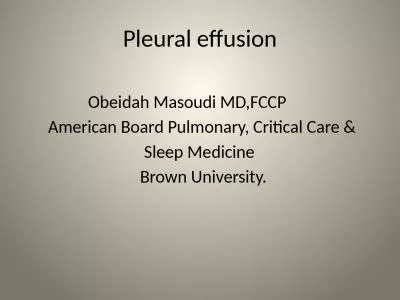PDF-Parapneumonic Effusions and Empyema Richard W
Author : conchita-marotz | Published Date : 2015-06-06
Light Division of Allergy Critical Care Pulmonary Disease and Critical Care Medicine Vanderbilt University Nashville Tennessee Parapneumonic effusions occur in 20
Presentation Embed Code
Download Presentation
Download Presentation The PPT/PDF document "Parapneumonic Effusions and Empyema Rich..." is the property of its rightful owner. Permission is granted to download and print the materials on this website for personal, non-commercial use only, and to display it on your personal computer provided you do not modify the materials and that you retain all copyright notices contained in the materials. By downloading content from our website, you accept the terms of this agreement.
Parapneumonic Effusions and Empyema Richard W: Transcript
Download Rules Of Document
"Parapneumonic Effusions and Empyema Richard W"The content belongs to its owner. You may download and print it for personal use, without modification, and keep all copyright notices. By downloading, you agree to these terms.
Related Documents

